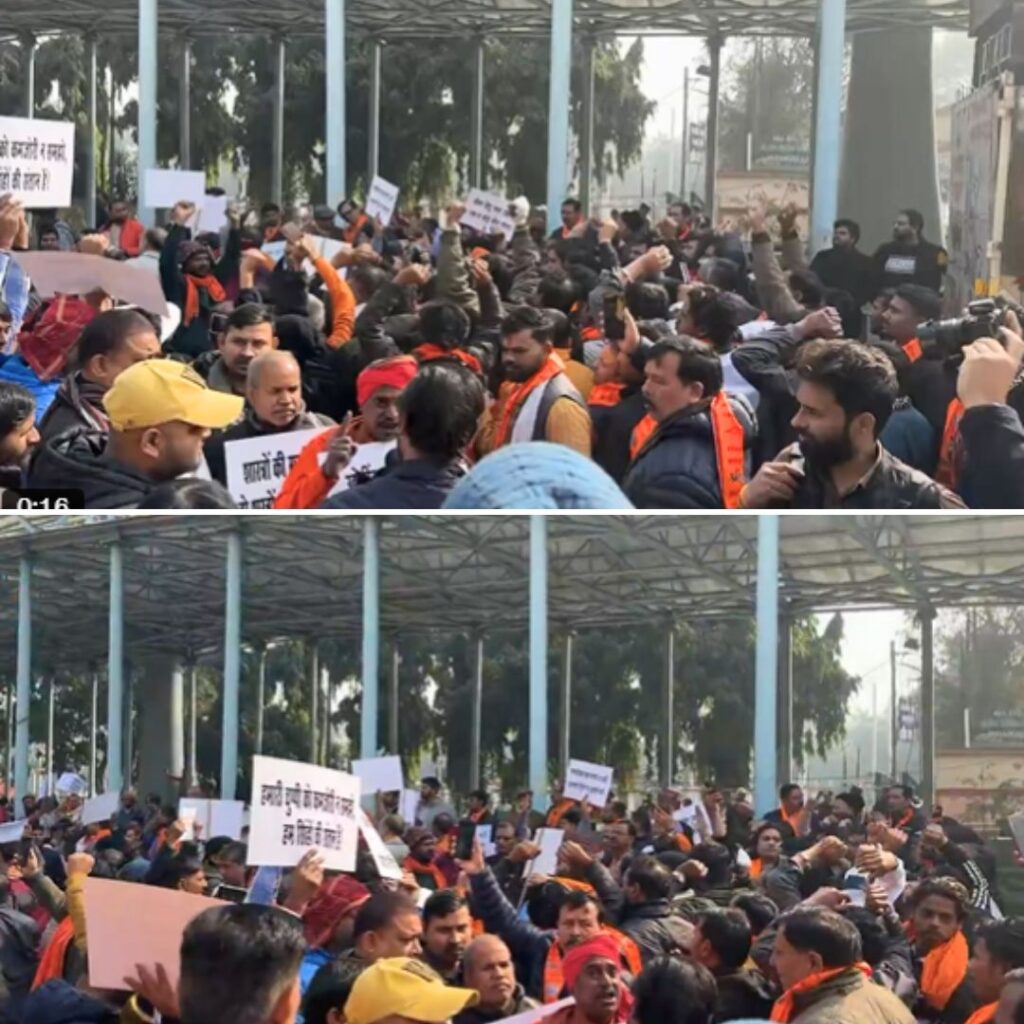India’s insurance sector is on the brink of a digital revolution with the Bima Sugam platform – a unified, not-for-profit digital marketplace built under the Insurance Regulatory and Development Authority of India (IRDAI).
Modelled after the success of Unified Payments Interface (UPI) in banking and ONDC in e-commerce, the initiative aims to simplify how Indians buy, renew, and claim insurance policies.
Spearheaded by the Bima Sugam India Federation (BSIF) – a consortium of insurers – the project will roll out in phases through 2025, beginning with insurer and intermediary integration and expanding to customer access by December 2025.
Officials say the platform could dramatically deepen insurance penetration and transparency, but experts caution that a leadership vacuum at IRDAI and integration challenges could slow progress.
A Unified Platform for Every Policyholder
At its heart, Bima Sugam seeks to bring together all insurance stakeholders – life, health, general insurers, agents, and policyholders – under one digital roof. Customers will be able to compare, buy, renew, and track policies seamlessly using a single “Bima Pehchaan” ID linked with Aadhaar or PAN.
Once fully operational, the platform promises features such as e-KYC, multilingual voice assistance, digital document storage, claim tracking, and grievance redressal – all within a single interface.
Prasun Sikdar, CEO of BSIF, described it as “a one-of-its-kind, industry-owned digital marketplace that will redefine how insurance is bought, sold, and serviced in India.” He added that the phased rollout ensures “reliability, regulatory alignment, and customer trust.”
IRDAI officials have said that Bima Sugam is being registered as a Section 8 non-profit company, where insurers hold equal shares to ensure neutrality and avoid conflicts of interest.
According to IRDAI’s 2024 regulations, all registered insurers and intermediaries must be integrated into the system, ensuring customers have transparent access to offerings from across the market – not just private aggregators.
A Long Road to Launch and the Hurdles Ahead
The vision for Bima Sugam is rooted in IRDAI’s “Insurance for All by 2047” roadmap – alongside complementary initiatives like Bima Vahak (a women-led local outreach network) and Bima Vistaar (a composite micro-insurance product). Initially slated for launch in April 2025, the project has faced delays due to the complexity of integrating legacy systems, regulatory fine-tuning, and technology development.
In September 2025, the Bima Sugam India Federation confirmed that the platform’s backend infrastructure was nearly complete, with testing and data-security audits underway. However, the absence of a full-time IRDAI chair since March 2025 has sparked industry concerns.
As reported by The Economic Times, “the lack of top-level leadership has slowed reform execution and clarity on operational guidelines.”
Experts also warn of structural challenges: India’s low insurance penetration (just 3.7 per cent of GDP in 2023–24 compared with the global average of 7 per cent), poor digital literacy in rural areas, and persistent distrust due to past claim disputes. There are also open questions about data protection, intermediary commissions, and how the platform will coexist with private aggregators.
Nevertheless, the IRDAI and industry bodies insist that these issues are being addressed through stakeholder consultations and pilot testing. The regulator recently notified the “Bima Sugam – Insurance Electronic Marketplace Regulations, 2024”, laying down the framework for governance, cyber-security, and grievance handling.
The Logical Indian’s Perspective
Bima Sugam could be a transformative step toward democratising access to insurance – much like UPI reshaped digital payments. By offering a common, government-backed platform with transparent pricing and simplified claims, it has the potential to empower millions of uninsured Indians, especially in rural and semi-urban regions.
However, technology cannot substitute for human empathy. For this ambitious initiative to truly work, digital access must be matched with financial literacy, data protection, and trust-building.
Ensuring that rural customers understand their policies, that women agents under Bima Vahak are trained and supported, and that claim redressal remains transparent will define its real success.












